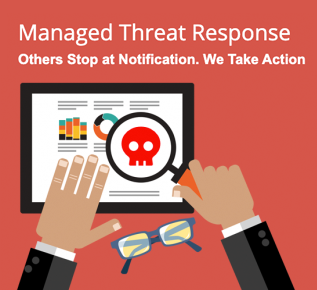What Are The First Steps To Take When Transitioning To Managed Services?
When transitioning to managed services, the first steps to take would be to evaluate your current IT infrastructure, identify specific business goals and requirements, assess potential service providers, and develop a comprehensive transition plan.
The first steps to take when transitioning to managed services are as follows:
1. Define your objectives: Clearly identify why you want to transition to managed services. Determine what business goals you want to accomplish through this change, such as improving efficiency, reducing costs, or increasing the quality of your IT services.
2. Assess your current IT infrastructure: Evaluate your existing IT systems, hardware, software, and network infrastructure. Identify any gaps or areas for improvement. This assessment will help you understand what needs to be changed or updated during the transition.
3. Determine your service model: Research and decide on the type of managed services model that suits your organization’s needs. There are various options available, including fully managed services where the provider takes complete responsibility for your IT operations, or co-managed services where the provider works alongside your in-house IT team.
4. Find a reliable managed services provider (MSP): Thoroughly research and shortlist potential MSPs that align with your business requirements. Look for a provider with a strong track record, expertise in your industry, and a comprehensive range of services. Request proposals, ask for references, and evaluate their technical capabilities before making a final decision.
5. Develop a transition plan: Collaborate with your chosen MSP to develop a detailed transition plan. This plan should outline the steps, timelines, and responsibilities for migrating your IT systems to the managed services model. Consider factors like data migration, system integration, and user training.
6. Communicate with stakeholders: Inform your employees, clients, and other relevant stakeholders about the upcoming transition. Clearly communicate the reasons for the change, the benefits it will bring, and the expected impact on daily operations. Address any concerns or questions they may have to ensure a smooth transition.
7. Implement the transition plan: Execute the transition plan in a phased manner, starting with less critical systems first. Monitor the progress closely, address any challenges that arise, and ensure that all components of the IT infrastructure are successfully migrated to the managed services model.
8. Continuously monitor and evaluate: Once the transition is complete, establish regular monitoring processes to ensure the effectiveness and efficiency of the managed services. Regularly evaluate the performance of your MSP, review key metrics, and provide feedback for continuous improvement.
By following these steps, you can set your organization on the right path for a successful transition to managed services.


